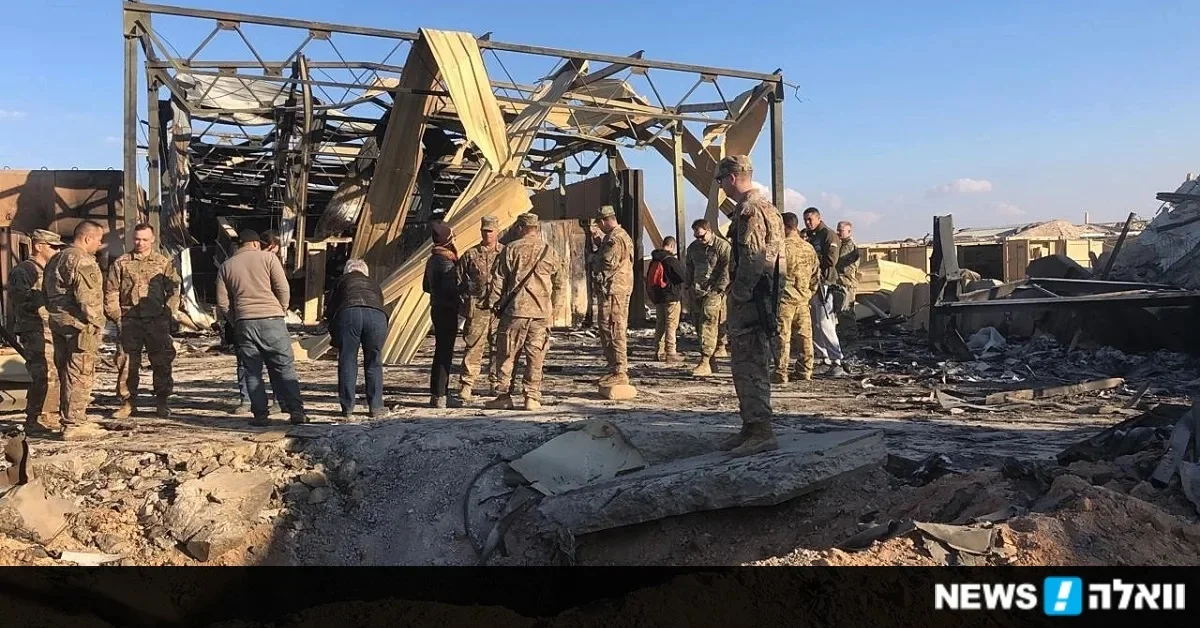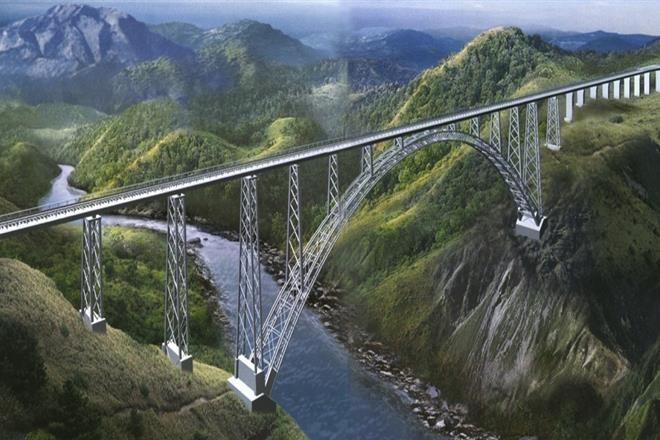
Al-Asad Air Base, Iraq (CNN) – Akeem Ferguson was in a bunker when his team received the bone-chilling radio transmission: Six Iranian ballistic missiles were headed in their direction.
The concrete slab they had taken cover under offered little protection from projectiles that US troops in Iraq were being attacked with.
“I held on to my gun and put my head down and I tried to find a happy place, so I started singing to my daughters in my head,” said the six-foot tall US staff sergeant. “And I just waited. I hoped that whatever happened, that it was quick.””I was 100% ready to die,” he added.
Ferguson survived unscathed along with other US troops and civilian contractors after a barrage of Iranian ballistic missiles on the morning of January 8.
The strike was the widest scale attack on a base housing US troops in decades. Troops said the absence of casualties was nothing short of a “miracle.”
A closer look at the site reveals a base vulnerable to this type of assault. Personnel received advance warning of the strike several hours before it took place, enabling them to take cover.
Near the airfield, shards of metal crack underfoot as two military personnel take measurements of the gaping crater left behind by one of the missiles. It is around 2 meters deep and roughly 3 meters in diameter — a burned copy of “Beauty and the Beast” teeters on the edge of the hole. A flip-flop, an Uno card, and a military jacket stick out from the charred wreckage left in the wake of the missile.
This was a housing unit for drone pilots and operators on the base. They evacuated the unit before the strike. Incidentally, the they had nicknamed the living quarters “chaos.”
Like most of the US section of the base, they had already been on lockdown at bunkers for over two hours when the first missiles landed.
The strike was an Iranian response to the US drone attack, ordered by US President Donald Trump, that killed Iran’s most powerful general, Qasem Soleimani, less than a week before.
Ten of the 11 missiles struck US positions at the sprawling desert Iraqi airbase. One struck a remote location on the Iraqi military’s side.
Roughly one-third of the base is controlled by the US. The Iranian missiles, which used on-board guidance systems, managed to shred sensitive US military sites, damaging a special forces compound, and two hangars, in addition to the US drone operators’ housing unit.
CNN journalists were the first to be granted access to the base after the Iranian attack.
Advance warning
The first warning came from secret intelligence signals in the evening before the attack. By 11 p.m. on January 7, most of the US troops at al-Asad were sent to bunkers, and a few had been flown out, according to commanders at the base.
Only essential personnel, such as tower guards and drone pilots, would remain unsheltered. They were protecting against a ground assault which base commanders expected would follow the missile attack.
Ground forces never came, and troops would only re-emerge from their shelters at the break of dawn. The strike had ended just before 4 a.m.
The first missiles fell at 1:34 a.m. They were followed by three more volleys, spaced out by more than 15 minutes each. The attack lasted over two hours. Troops on the base described it as a time fraught with suspense, fear and feelings of defenselessness.
“You can defend against (paramilitary forces), but you can’t defend against this,” said Capt. Patrick Livingstone, US Air Force security forces commander on the base, referring to previous rocket attacks by armed groups.
As the expected attacks drew nearer, most troops filed into dusty, pyramid-like structures peppered throughout the base. These bunkers were built during the rule of deposed President Saddam Hussein.
On the night of the attack, one of the rooms doubled as a makeshift bathroom, with cut up plastic water bottles serving as urinals.
Lt. Col. Staci Coleman was one of the US team leaders who corralled troops into such a bunker. After about an hour and a half of being in the shelter, she had doubts.”I was sitting in a bunker and I was like man, maybe I made the wrong decision [to come down here],” said Coleman.
“About 10 minutes, after I said that to myself, it went boom boom boom boom boom and I said well there’s my answer.”
“The whole ground shook. It was very loud,” she said. “You could feel the blast wave in here. We knew they were close.”
She said the doors appeared to bend like waves with every hit that reverberated through the shelter. None of the bunkers on the base were impacted.
Meanwhile, Staff Sgt. Ferguson was in a US-made bunker — a crammed space held together by slabs of five-inch concrete fortified by sandbags. He watched the attack unfold through cracks between the adjacent walls.
“There’s a little hole on the side of the shelter and we saw a flash of orange light,” said Ferguson. “After that we figured that every time we see a flash it’s just a couple of seconds before it’s going to hit.
“It was Flash. Boom. Flash. Boom. We didn’t know when it was going to stop. We sat there and waited for it to end.”
Several troops CNN spoke to said the event had shifted their view of warcraft: the US military is rarely on the receiving end of sophisticated weaponry, despite launching the most advanced attacks in the world.
“You looked around at each other and you think: Where are we going to run? How are you going to get away from that?” said Ferguson.
“I don’t wish anyone to have that level of fear,” he said. “No one in the world should ever have to feel something like that.”
Follow this link to join our WhatsApp group: Join Now
Be Part of Quality Journalism |
Quality journalism takes a lot of time, money and hard work to produce and despite all the hardships we still do it. Our reporters and editors are working overtime in Kashmir and beyond to cover what you care about, break big stories, and expose injustices that can change lives. Today more people are reading Kashmir Observer than ever, but only a handful are paying while advertising revenues are falling fast. |
| ACT NOW |
| MONTHLY | Rs 100 | |
| YEARLY | Rs 1000 | |
| LIFETIME | Rs 10000 | |










